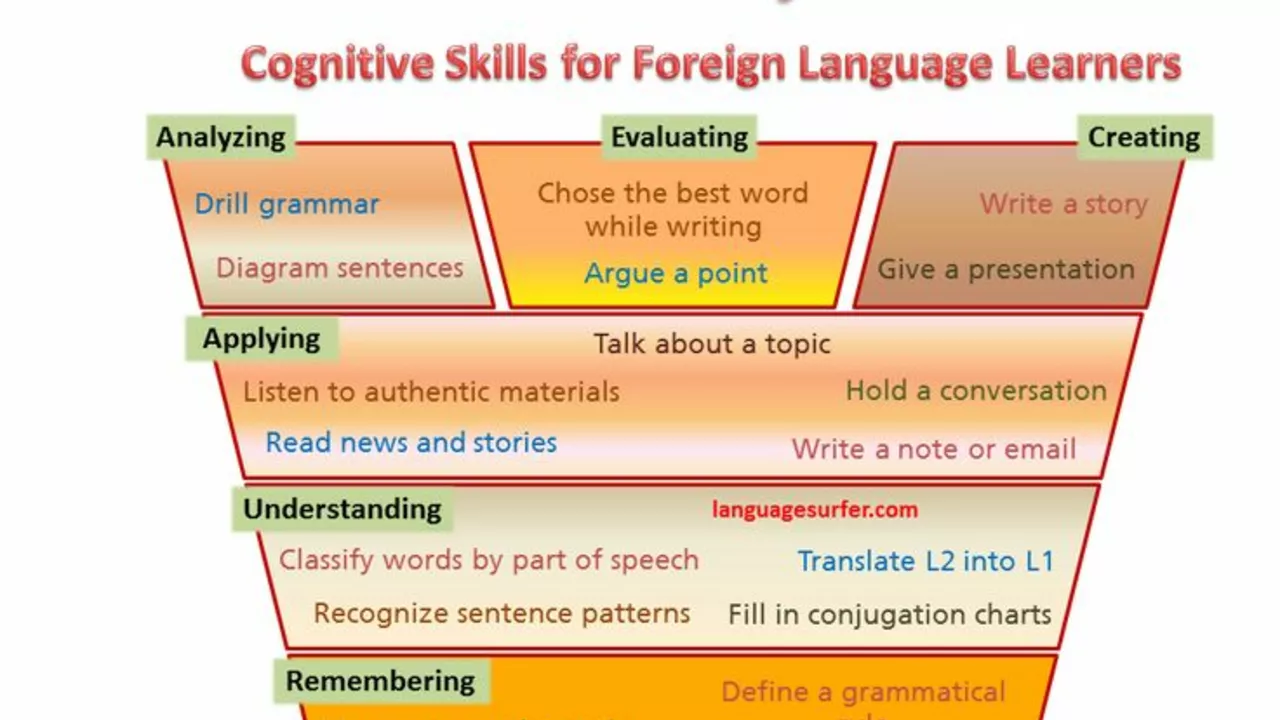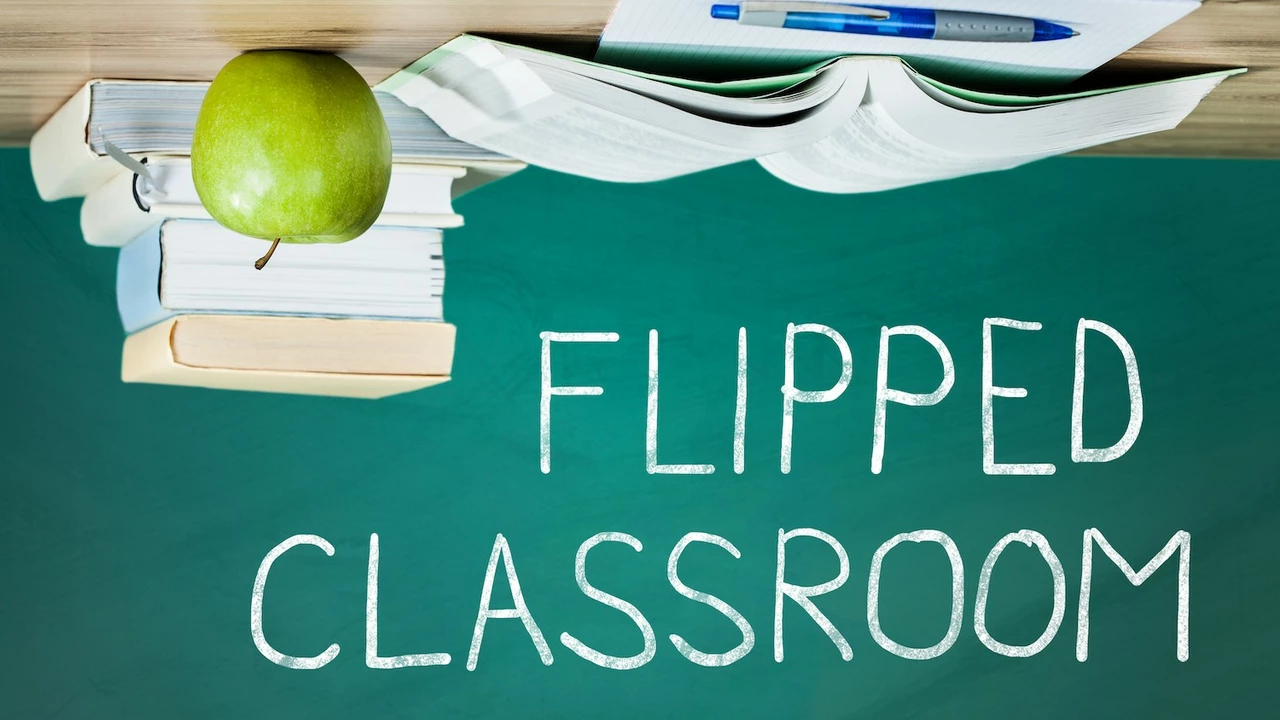August 2023 Archive: Word Tricks and Teaching Flips
Welcome back! August brought two handy posts that can sharpen both your language skills and your teaching approach. First up, we broke down easy alternatives for a common adjective. Then we jumped into a classroom method that’s turning the traditional model upside down. Let’s see why these topics matter and how you can use them right away.
Boost Your Vocabulary with Simple Synonyms
Ever feel stuck using the same word over and over? In our "What is a synonym for the word 'conservative'?" post, we listed clear, everyday alternatives that fit most contexts. Words like traditional, moderate, cautious, and steady can swap in without sounding pretentious. Picking the right synonym helps you convey nuance – a cautious plan feels different from a traditional one, even though both sit under the same umbrella.
Try a quick exercise: write a short paragraph about a business decision, then replace every instance of "conservative" with one of the suggested alternatives. You’ll notice how the tone shifts and how your message becomes more precise. This simple habit expands your lexical toolbox and makes your writing feel fresh.
Flip Your Classroom for Better Learning
The second post tackled the flipped classroom model – a teaching style that moves lectures out of class and turns class time into an interactive workshop. Instead of listening to a professor for an hour, students watch a short video or read a brief summary at home. Then, in class, they discuss, solve problems, or work on projects with the teacher as a guide.
Why does this work? Students get to control the pace of the initial learning phase. If a concept feels tricky, they can replay a video or reread a note. In class, they apply the idea right away, which locks the knowledge in memory. Teachers also get more time to address individual questions rather than delivering a one‑size‑fits‑all lecture.
Ready to try it? Start small. Pick a single lesson, record a five‑minute walkthrough, and ask your students to watch it before the next class. Use class time for a quick quiz, group debate, or a hands‑on activity that builds on the video. You’ll see engagement rise and confidence grow without overhauling your whole syllabus.
Both posts share a common thread: making learning active and purposeful. Whether you’re swapping out a word for a sharper one or swapping a lecture for a discussion, the goal is the same – clearer communication and deeper understanding. Keep these ideas handy, experiment in your own work, and watch the results speak for themselves.
Got questions or want more tips? Drop a comment, and we’ll keep the conversation going. Stay curious, stay practical, and see you in the next archive!

